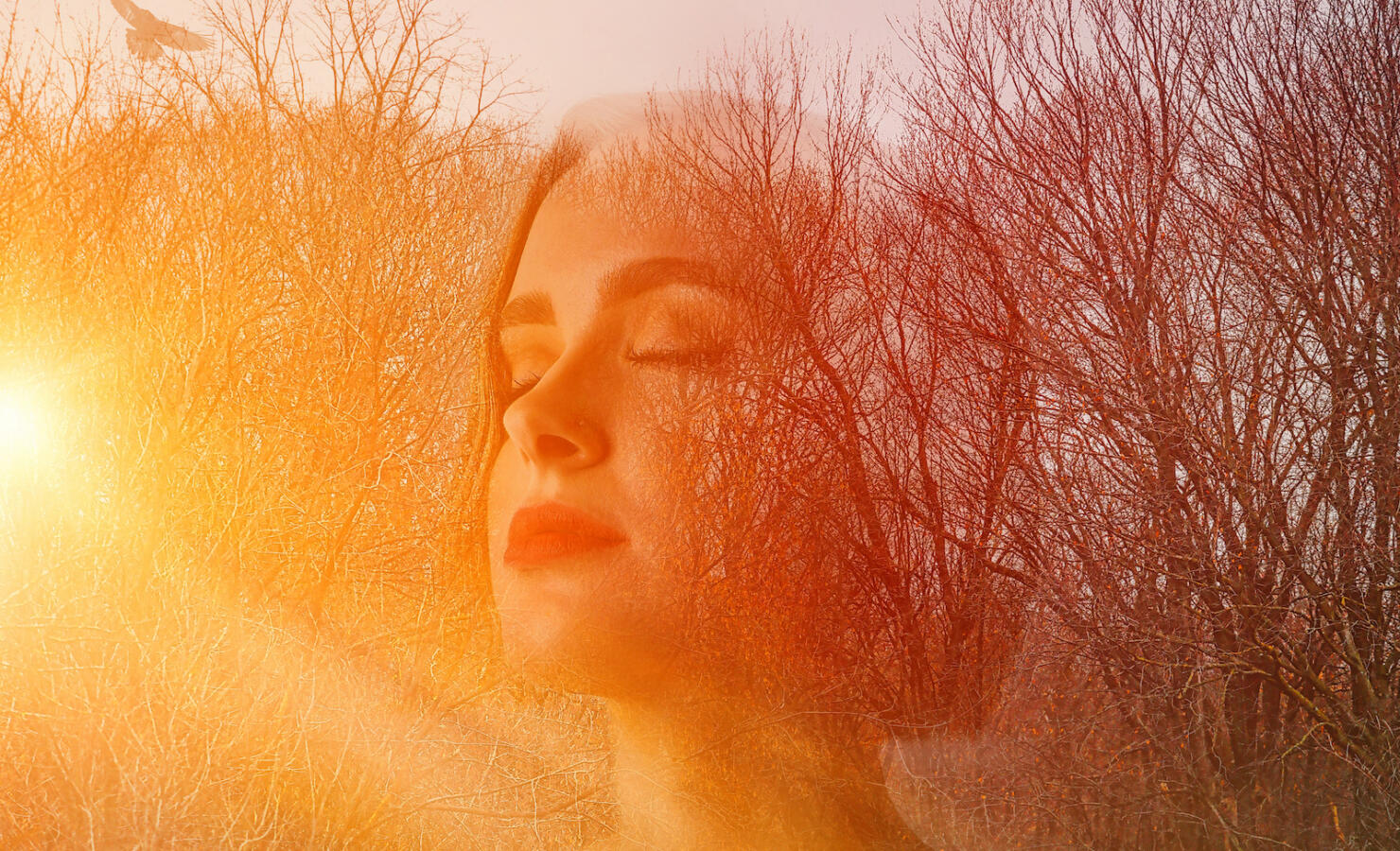Tu Bishvat, the so-called Jewish new year for trees, will be celebrated by many Jews on Sunday evening with seders full of fruits, readings from Kabbalah or sacred texts about the earth.
The Tu Bishvat seder originally arose to celebrate the kabbalists’ vision of the Tree of Life, a branching map of divinity in which the ten emanations of God, known as sefirot, manifest in both the ethereal realms as well as in the material world. The seder is meant to invite the flow of divine radiance to move through all these levels of reality. By eating tree fruit with intention, seder participants help to release the divine sparks within the fruit so they can find their proper place within the Tree of Life.
Similar images to the Tree of Life exist in other cultures, including the Norse Yggdrasil that roots all worlds and the Persian world-tree Gaokerena, which grants immortality. And it’s not surprising that many cultures use the tree as a model for the world. The branching of our ideas and imaginations can be thought of as tree-like. Dendrites in the brain look like trees, as do the bronchial tubes in the lungs and the markings on a placenta. Trees are also common motifs in dreams. My forthcoming book Undertorah: An Earth-Based Kabbalah of Dreams features an entire section about dreams in which trees seem to embody the cosmos, or the divine enfolding of all things. We might say that when we dream of trees, they represent a consciousness that connects all life forms.
The Zohar, the core text of Jewish mysticism, would surely agree. “When a person lies in bed,” the Zohar states, “the soul goes out and wanders the world above, and enters the Place [Divine Presence].” This Presence has many names, but is sometimes called the “garden” or the “holy apple orchard.”

Help us keep Jewish knowledge accessible to millions of people around the world.
Your donation to My Jewish Learning fuels endless journeys of Jewish discovery. With your help, My Jewish Learning can continue to provide nonstop opportunities for learning, connection and growth.
Dreamers often intuit a similar presence. In one dream quoted in the book, a dreamer discovers a conscious tree:
I note an opening in a tree. I delve into it, and find a hollow as big as the lobby of a hotel. I am inside the biggest tree one can imagine — inside the tree’s brain. Its giant consciousness is deep and green and brown: a dark, protective, yet somehow open and beautiful space. I have never seen or felt or been surrounded by something more beautiful than this. This openness of spirit/brain is somehow connected with my brain/me. It is me, I am it: this great giant connectedness.
In another dream described in the book, a dreamer comes upon a little house inside a tree and opens the mossy door. Inside, is a cozy room with a mysterious resident who makes hot cocoa and then begins to sweep the floor. Clouds of dust arise that twinkle with stars. The dreamer begins to feel grass and breezes. The dreamer feels part of all this, and gradually comes to realize that she is the tree.
Similarly, I remember once dreaming that I was looking at a painting of the Tree of Life. As I stared at it, the tree became a real tree, with sap flowing down from the sky and up from the earth, meeting in the heart of the tree. The sap seemed to be connected to the kabbalistic notion of shefa, the divine flow that moves through the Tree of Life. Yet the image is also connected to the sap that flows through trees, and likely to the blood that flows through bodies. This vision of holy tree sap continues to inform my prayer, reminding me of my own heart-connection to all things.
As Joseph told Pharaoh after learning of the Egyptian ruler’s two dreams, chalom echad hu. The dreams are one dream. The trees that show up in our dreams are all teaching us of the connectedness of all life. Dreams employ trees as concrete images to enable the dreamer to grasp this truth. Part of the genius of dreams is that they speak in intricate webs of meaning. Images in our dreams are less symbols than narratives that express interlinked, embodied relationships, like the relationship between humans, trees, and life.
According to the Zohar, the learning we do from the holy beings we meet in dreams is the greatest reward one can have while incarnate in a body. Just as we learn from trees in waking life, we can learn from the trees that grow within our nighttime imaginal realms. This too is a way to honor Tu Bishvat, a day that celebrates the great tree the kabbalists envisioned, a tree that links the infinite with the particular and the ephemeral with the eternal. For this Tu Bishvat, whether or not you’re attending a seder, pay attention to your dreams and see what you discover.
This article initially appeared in My Jewish Learning’s Shabbat newsletter Recharge on Jan. 15, 2022. To sign up to receive Recharge each week in your inbox, click here.



